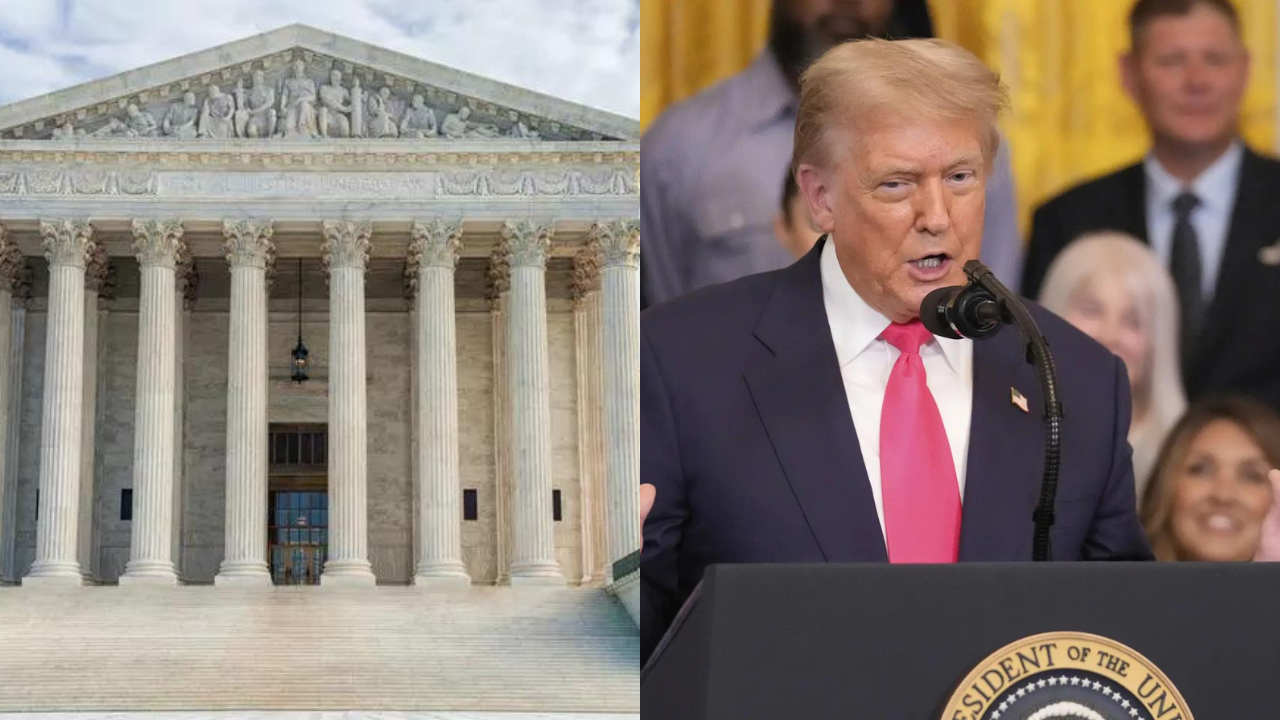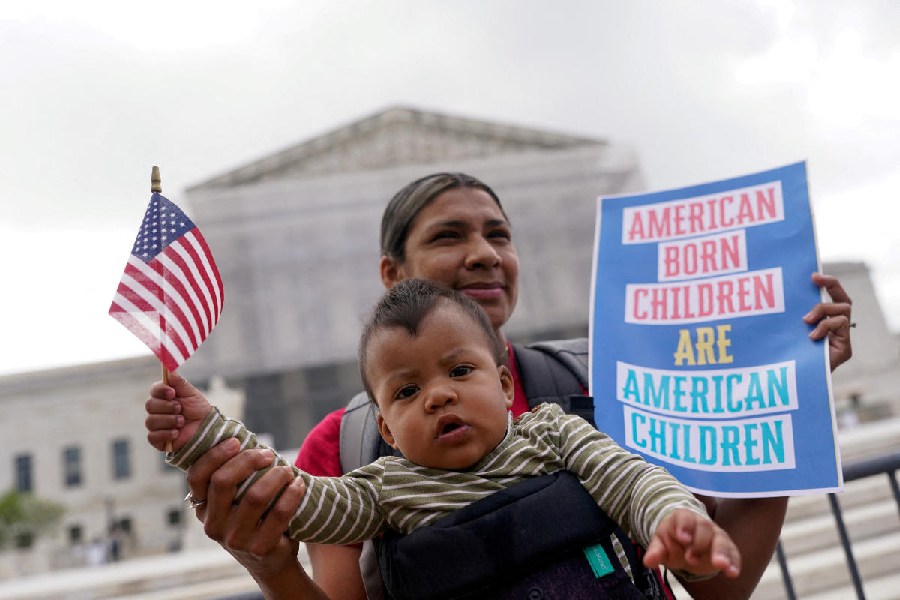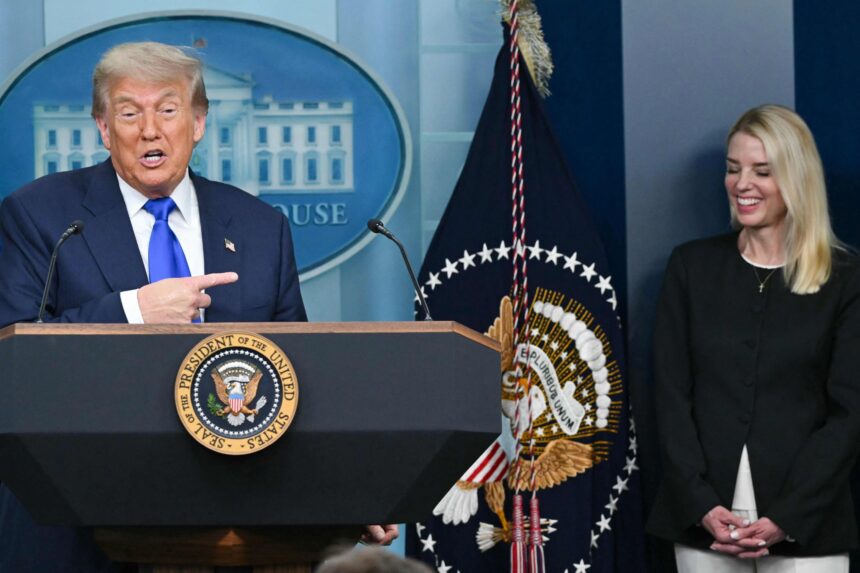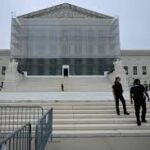Introduction
In a landmark 6–3 decision, the U.S. Supreme Court Trump ruling has ruled that lower federal judges have limited authority to issue universal injunctions against presidential orders. The ruling, seen as a major victory for President Donald Trump, paves the way for his controversial executive order attempting to end birthright citizenship to take effect.

A Shift in Judicial Oversight
The case, brought by immigrant rights groups and 22 U.S. states, sought to block Trump’s executive order that ends birthright citizenship for non-citizens and undocumented migrants. The lawsuits had temporarily halted the order’s implementation. However, the Justice Department challenged the injunctions, escalating the matter to the Supreme Court Trump ruling.
On Friday, the Court sided with Trump’s administration, ruling that nationwide injunctions were not constitutional. Although the ruling did not directly address the legality of ending birthright citizenship, it substantially altered how executive actions are challenged in federal Supreme Court Trump ruling.
Trump Hails a “Monumental” Victory
Speaking at a surprise press conference, Trump celebrated the ruling, calling it a “giant win” and a “monumental victory for the Constitution, the separation of powers, and the rule of law.” He accused “radical left judges” of previously overstepping their authority to obstruct his agenda.

Attorney General Pam Bondi emphasized that judges will now be more restricted in stopping presidential policy rollouts. She predicted the Supreme Court would take up the birthright citizenship issue directly during its October 2025 session.
The Ruling’s Legal Impact
The ruling, authored by Justice Amy Coney Barrett, stated that federal courts must limit their remedies to the actual plaintiffs before them and should not issue sweeping injunctions. She wrote, “When a court concludes that the Executive Branch has acted unlawfully, the answer is not for the court to exceed its power, too.”
Justice Brett Kavanaugh, in a concurring opinion, noted the Supreme Court would remain the final arbiter on federal executive actions, but lower courts must be restrained in the interim.
Dissent and Democratic Backlash
Liberal Justice Sonia Sotomayor issued a sharp dissent, warning that the ruling undermines constitutional safeguards. “The Court’s decision is nothing less than an open invitation for the Government to bypass the Constitution,” she wrote. She criticized the conservative majority for “playing along” with what she called political “gamesmanship.”
Sotomayor added, “With the stroke of a pen, the President has made a solemn mockery of our Constitution,” asserting that the rule of law depends on brave resistance from all branches of government.
What’s Next for Birthright Citizenship?

With the limits on injunctions now in place, Trump’s executive order is expected to take effect 30 days after the ruling was filed. However, legal experts forecast a new wave of challenges as immigration and constitutional rights groups prepare to litigate the order’s legality directly.
Notre Dame law professor Samuel Bray said the decision has “fundamentally reset the relationship between the federal courts and the executive branch,” warning that nationwide injunctions will “no longer be the default remedy.”
Conclusion
The ruling represents a seismic shift in the balance of power between the executive and judicial branches. While Trump has declared victory, the implications stretch far beyond his administration. As future presidents exercise expanded executive power with fewer judicial roadblocks, the battle over constitutional boundaries is likely just beginning.
Stay updated on legal developments and political battles at The Morning News Informer – U.S. News.
Read Also










